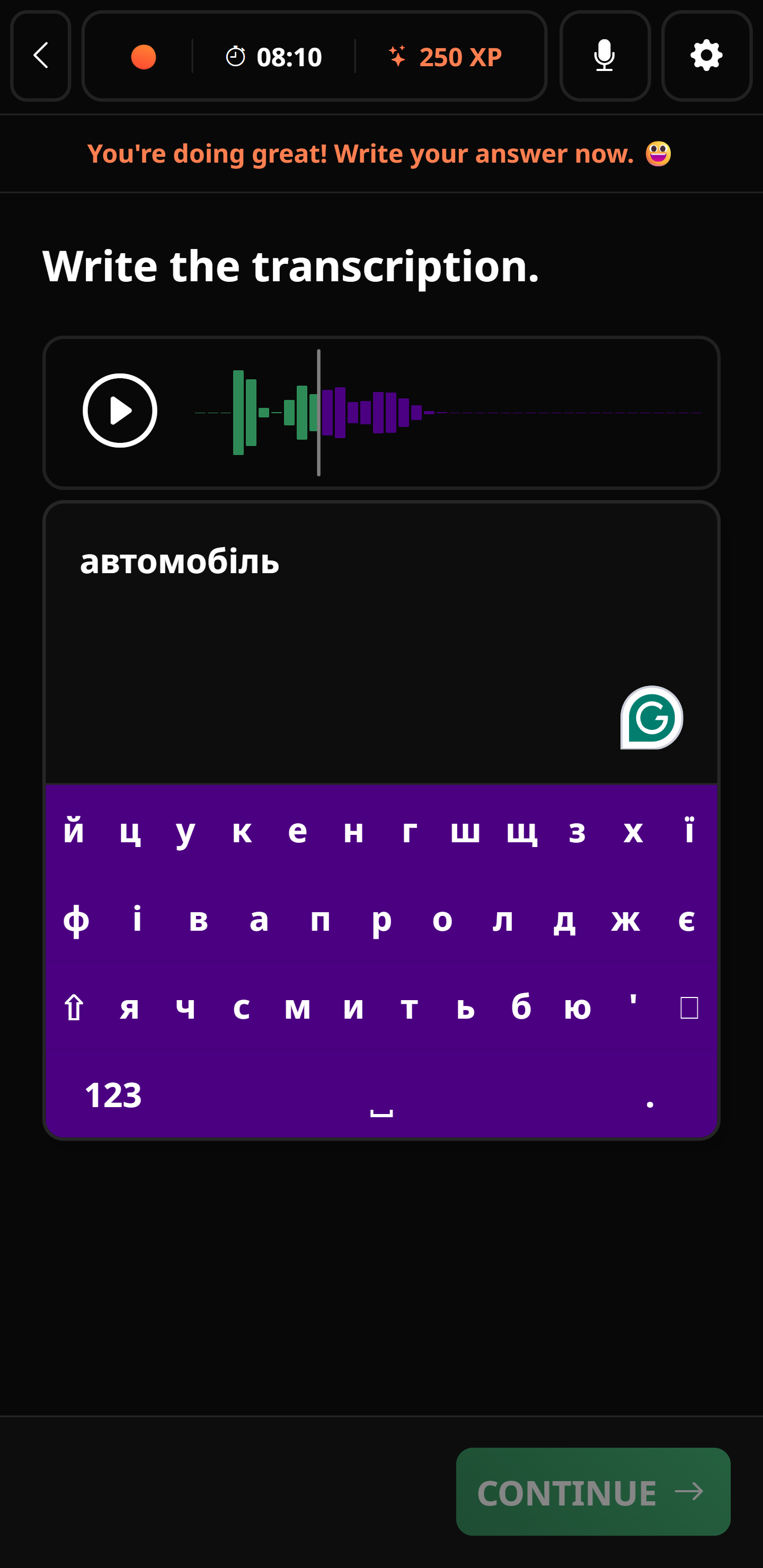😊 Understanding Spanish Indirect Object Pronouns
Spanish Indirect Object Pronouns are essential elements in everyday conversation, especially when expressing to whom or for whom an action is done. These pronouns replace the indirect object in a sentence, making communication clearer and smoother. This guide provides a gradual progression from basic definitions to more elaborate structures and expressions. We start with simple concepts and then explore conjugation, vocabulary, grammar, and contextual examples. Dive in to learn how these pronouns shape your Spanish communication.
Important
Indirect Object Pronouns answer the question "to whom" or "for whom" the action is performed. For example, in the sentence , the pronoun represents the indirect object. It is a core grammatical concept that pairs with many essential verbs and expressions in Spanish. This understanding is foundational to mastering the language.
😃 Basic Concepts of Indirect Object Pronouns in Spanish
At the beginner level, it is important to get familiar with the basic structure of indirect object pronouns. In Spanish, the pronouns are (to/for me), (to/for you), (to/for him, her, it, you – formal), (to/for us), (to/for you all), and (to/for them, you all – formal in Latin America). Each pronoun facilitates a substitution for clarity and convenience in conversation.
Examples
In the sentence , is the indirect object pronoun that replaces the phrase referring to the person receiving the gift. This structure is commonly used in everyday interactions.
Notes
Remember that indirect object pronouns may be used before the conjugated verb or attached to an infinitive. This flexibility is a distinctive feature of Spanish grammatical structure.
Become bilingual in 30 days with Univext!
Start a lesson with our teacher for free and become bilingual like our 50,000 students!



😎 Building Vocabulary with Indirect Object Pronouns
Understanding vocabulary terms related to indirect object pronouns aids in building a strong foundation. The following table presents a clear association between Spanish pronouns and their respective English translations:
This table helps in quickly memorizing the pronouns, which are a necessary part of mastering Spanish communication. As a beginner, you can practice these by forming simple sentences such as or , and explore further connections as you progress.
😄 The Role of Indirect Object Pronouns in Sentence Structure
Indirect object pronouns in Spanish are strategically positioned in a sentence. In most instances, they are placed before a conjugated verb, but when using an infinitive, they may attach to the end. In a sentence like , the pronoun attaches to the infinitive . This is common in phrases involving plans or intentions, and helps maintain clarity in communication.
Important
The natural word order in Spanish ensures that the pronouns are always easily identified by the listener. By incorporating indirect object pronouns in everyday sentences, you'll advance your grasp of the language and be ready to explore more complex structures in later lessons.
Notes
Refer to our previous guide on Mastering Spanish Gender of Nouns: The Ultimate Guide to compare how Spanish articles work with pronouns.
🤩 Conjugation and Verb Structure with Indirect Pronouns
Understanding how verbs interact with indirect object pronouns is key in Spanish. The pronoun must always agree syntactically with the verb form in the sentence. Consider a sentence like where the pronoun directly precedes the conjugated verb . The indirect object pronoun does not change the meaning of the verb, but it specifies the beneficiary of the action.
In conjugation, the focus remains on correct verb forms while the pronoun makes the sentence more fluid. When using modal verbs or composite tenses, the pronoun can be either placed before the conjugated auxiliary verb or attached to an infinitive. For instance, and are equally correct and standard in conversation.
Notes
Check out our guide 25 Verbs in Spanish To Master for Beginners: Essential Guide for insights into common verbs paired with indirect object pronouns.
Become bilingual in 30 days with Univext!
Start a lesson with our teacher for free and become bilingual like our 50,000 students!



😇 Explaining Indirect Object Pronoun Placement and Usage
The placement of Spanish indirect object pronouns is a critical aspect to grasp for clear communication. Typically, they are placed right before the conjugated verb or can be attached to an infinitive when there is one present. For example, in , the pronoun is attached to the infinitive phrase. In contrast, when using a simple conjugated sentence like , the pronoun comes before the verb. This distinction will help you navigate more advanced sentence constructions and ensure smooth speech flow.
Important
Learning the proper placement of indirect object pronouns reduces common errors and avoids miscommunication. By mastering these rules, even beginner-level students will be able to form correct and coherent sentences, thereby building a strong foundation for further Spanish studies.
😃 Exploring Expressions with Indirect Object Pronouns
Indirect object pronouns are widely used to convey actions that affect specific persons. This rich aspect of the language is evident in many common expressions. For example, uses the pronoun to indicate that the cooking is intended for "you". Expressions like these are part of everyday dialogue and offer insight into Spanish culture and interpersonal communication. The integration of these pronouns with familiar verbs like (to give), (to tell), and (to send) equips learners with useful language tools.
Examples
Consider the sentence . Here, shows that the flowers were for "us". By learning such expressions, you improve not only your grammatical skills but also your ability to convey emotions and intentions accurately.
😎 Diving Deeper: Variations and Regional Uses
As you progress in your Spanish learning journey, you might notice regional variations in the use of indirect object pronouns. In some parts of Spain and Latin America, there might be slight differences in usage or omitted pronouns in casual dialogue. However, the core rules remain the same: the pronoun indicates to or for whom the action is performed. Getting familiar with these variations is advantageous, especially if you plan to explore the diverse dialects across Spanish-speaking countries.
Notes
For more advanced differences, explore our articles such as Spanish Subjunctive Mood for Intermediate: Master Complex Expressions, which dives into more subtle language variations.
Become bilingual in 30 days with Univext!
Start a lesson with our teacher for free and become bilingual like our 50,000 students!



🤩 Advanced Structures Involving Indirect Object Pronouns
Moving into more advanced territory, Spanish indirect object pronouns can be combined with reflexive pronouns in more complex sentences. While this may seem challenging at first, breaking down the sentence into its key components simplifies the learning process. Consider this sentence: . Here, is used in place of when combined with to avoid repetition and apply a more fluid conversational style. This advanced structure is common in rapid speech and informal conversation.
Important
Understanding the interplay between indirect object pronouns and reflexive pronouns is crucial. It allows for more natural communication in Spanish and can make your speech sound more native-like. Practice these mixtures slowly and consult previous lessons on verb conjugation and sentence structure found in articles like 25 Phrases in Spanish to Know Before Visiting Madrid.
Examples
A practical example is , where replaces and attaches to the direct object . Try to break down the sentence into parts and understand the role each pronoun plays for clarity.
😇 The Power of Context: Using Indirect Object Pronouns in Everyday Communication
Aside from formal learning contexts, Spanish indirect object pronouns are widely utilized in colloquial conversation. They naturally indicate the recipient of an action, which is especially useful in daily interactions. For instance, when inviting a friend, you might say to directly engage them. This ability to express clearly who is affected by an action enriches both written and spoken Spanish and is a key aspect of advanced understanding in conversation.
Notes
Link your newfound skills with vocabulary lessons from our post 40 Spanish Words You Should Know Before Leaving For Your Vacation: Essential Vocabulary Lesson for a more immersive learning experience.
😃 Integrating Indirect Object Pronouns with Other Grammatical Elements
In sentences combining multiple grammatical elements, the placement and choice of indirect object pronouns are fundamental. When combined with prepositions, adjectives, or other pronouns, the structure remains coherent yet demands attention to order. For example, shows how the indirect object is unswervingly tied to the context provided by the prepositional phrase. Using indirect objects with precision boosts the effectiveness of your narrative, making your communication clearer and more nuanced.
Important
It is essential to integrate indirect object pronouns with other language components carefully. This integration not only boosts grammatical accuracy but also enriches your overall Spanish language skill set, empowering you to express ideas more fluidly and naturally.
Become bilingual in 30 days with Univext!
Start a lesson with our teacher for free and become bilingual like our 50,000 students!



🤩 Combining Indirect Object Pronouns with Modals and Compound Tenses
Indirect object pronouns are not limited to simple sentences; they also play a vital role when combined with modal verbs and compound tenses. The placement rules remain similar, but understanding when to attach or separate the pronoun is key for clarity. For example, can also be rephrased as . Recognizing that both variations are correct allows for greater flexibility and fluency in spoken Spanish.
Notes
Explore our post on 30 Spanish Verbs for Advanced Learners: Master Complex Communication to see more examples on how modal verbs work in tandem with indirect object pronouns.
😇 Further Exploration of Complex Sentences Using Indirect Pronouns
As students progress, combining multiple indirect object pronouns in complex sentences can elevate your Spanish communication skills. For instance, in a sentence like you might find that the pronoun clearly marks the indirect object while the phrase reinforces clarity. When repetition occurs, some pronouns may be omitted entirely or replaced with shorter forms, a nuance that gives Spanish its natural fluidity and charm.
Examples
A more intricate example is where the combined use of and illustrates a refined, native structure. Understanding these nuances will help simulate real-life conversations and enhance your speaking confidence.
😃 Connecting Prior Learning and Expanding Your Grammar Toolkit
This comprehensive guide on Spanish Indirect Object Pronouns builds upon earlier lessons like basic vocabulary and verb conjugations. If you have been following our blog, you might have explored topics such as 25 Advanced Spanish Words To Know For Your Next Holidays and Beginner Italian Phrases You Need to Know: A Spanish Lesson for Beginners. These previous posts provide a solid base, making it easier to integrate the grammatical insights of indirect object pronouns into your everyday communication.
Important
Bringing together different aspects of language learning, from vocabulary to advanced grammar structures, enriches your mastery of Spanish. Evaluating your progress with each component and constantly practicing your skills will make all the difference in becoming fluent.
Become bilingual in 30 days with Univext!
Start a lesson with our teacher for free and become bilingual like our 50,000 students!



😎 Final Thoughts on Mastering Spanish Indirect Object Pronouns
Mastering Spanish Indirect Object Pronouns may feel challenging, but with practice and immersive study, the rules will soon become second nature. These pronouns form an indispensable part of Spanish grammar, helping you express ideas clearly and effectively. They are used in countless everyday situations from basic greetings to complex narratives, enabling richer communication. Continue to refer back to this guide as you encounter various sentence structures and refine your communication skills.
Notes
Leverage your learning journey by revisiting our other posts such as Beginner Spanish Phrases You Need to Know to solidify your grasp of the Spanish language overall.
